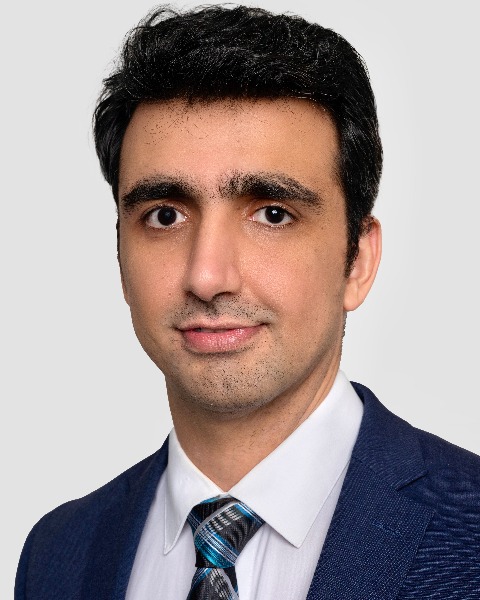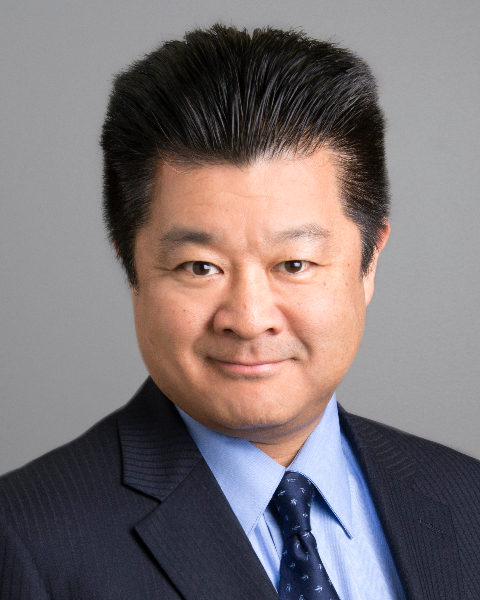Breast
P1: High spermidine expression is associated with high cell proliferation and worse survival but respond better to immunotherapy in ER-positive/HER2-negative breast cancer.

Faisal S. Jehan, MD, FICS
Fellow Complex General Surgical Oncology (CGSO)
Roswell Park Comprehensive Cancer Center.
Buffalo, New York, United States
Faisal S. Jehan, MD, FICS
Fellow Complex General Surgical Oncology (CGSO)
Roswell Park Comprehensive Cancer Center.
Buffalo, New York, United States- MO
Masanori Oshi, MD
Research fellow
Roswell Park Comprehensive Cancer Center, United States - IE
Itaru Endo, MD PhD
Attending Surgeon
University of Yokohama, United States 
Kazuaki Takabe, MD, PhD
Professor of Oncology
Department of Surgical Oncology, Roswell Park Comprehensive Cancer Center
Buffalo, New York, United States
Oral Poster Presenter(s)
Submitter(s)
Author(s)
Spermidine (SRM) is a biogenic polyamine that interferes with cancer cell cycle and inhibit cell proliferation and stimulated by programmed death ligand-1 (PD-L1) monoclonal antibody therapy. However, the clinical relevance of its expression in breast cancer has not been well studied.
Methods:
A total of 4973 breast cancer patients from two independent large cohorts; METABRIC and GSE96058 were analyzed. High SRM expression group was defined as an expression higher than the median. We also performed single-cell sequencing and Gene Set Enrichment Analysis (GSEA).
Results:
The SRM gene expression signal was predominantly from the cancer cells in the tumor microenvironment of GSE75688 single cell sequencing cohort. Unexpectedly high SRM expression was associated with worse overall survival (OS) in GSE96058 cohort, which was validated with worse OS, disease-free and disease-specific survival in METABRIC cohort. SRM expression was the highest in triple negative breast cancer (TNBC), positive lymph node metastasis, and advanced stage in both cohorts. High SRM expression was significantly associated with intratumoral heterogeneity, Homologous Recombination Deficiency, Fraction Altered, Non-silent mutation, SNV neoantigen, and tumor infiltrating lymphocytes score in TCGA cohort. SRM expression was associated with high infiltrations of T and B lymphocytes as well as macrophages in ER+/HER2- breast cancer while only with Th1 cells in TNBC consistently in GSE96058 and METABRIC cohorts. SRM expression correlated with size of the tumor, histological grade and Ki67 expression, and enriched MYC signaling v2 gene set in both ER+/HER2- and TNBC subtypes consistently in METABRIC and GSE75688 cohorts. High SRM expression was not associated with better pathological complete response (pCR) rate after neoadjuvant chemotherapy in neither ER+/HER2- nor TNBC in GSE25066 cohort. On the other hand, high SRM expression was significantly associated with higher pCR rate after neoadjuvant immunotherapy in ISY2 cohort and predict response in ER+/HER2- breast cancer with an area under the curve AUC=0.73 and p 0.008, which was not the case in TNBC.
Conclusions:
Our large clinical cohort study demonstrated that high SRM expression is associated with worse survival, and high cancer cell proliferation. High SRM expression was not associated with response to neoadjuvant chemotherapy, however, it significantly did with neoadjuvant immunotherapy in ER+/HER2-, but not TNBC.
Learning Objectives:
- describe the association of SRM expression in patients with breast cancer and survival.
- describe the association of SRM expression and response to chemotherapy in breast cancer patients.
- describe the association of SRM expression and response to immunotherapy in breast cancer patients.
